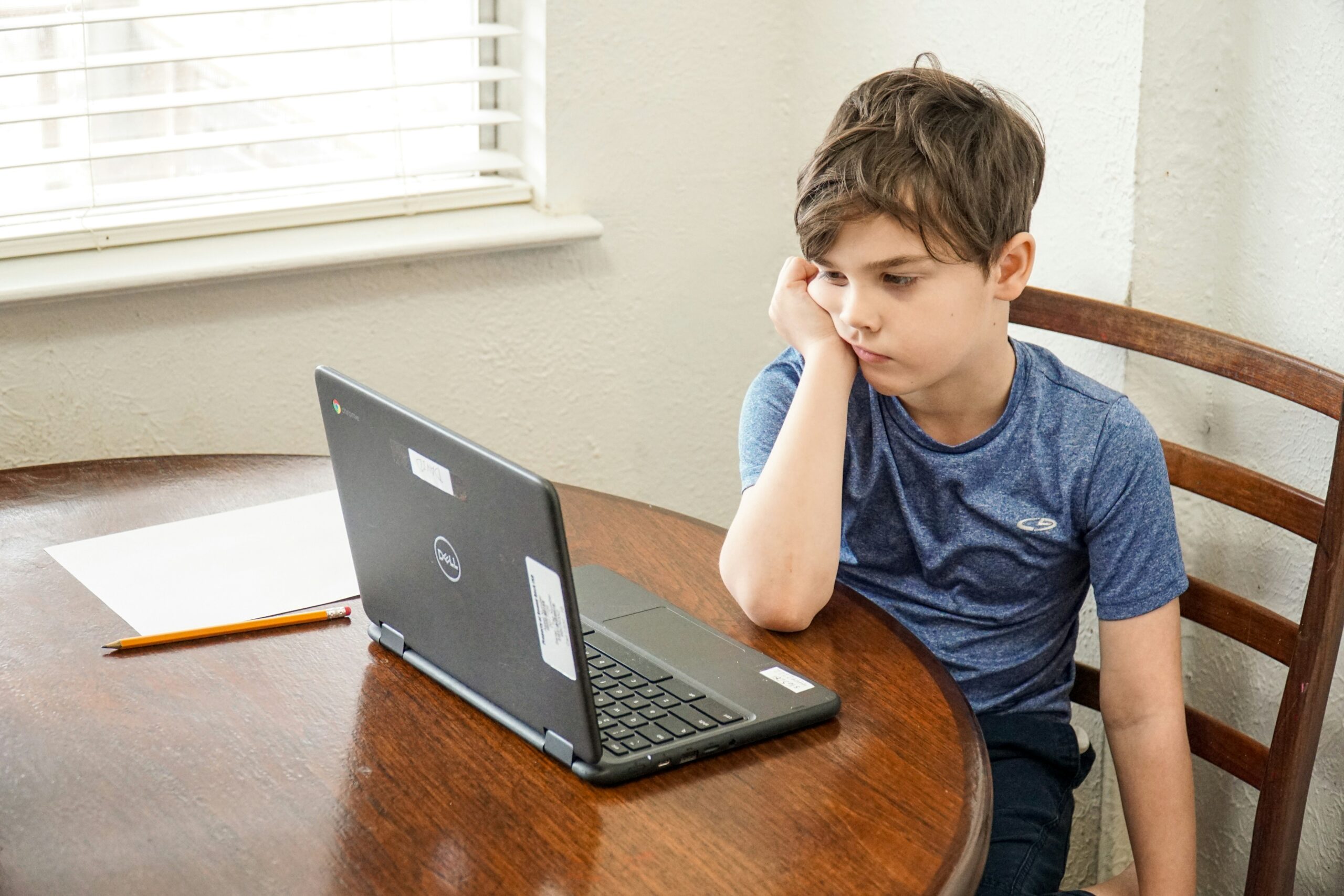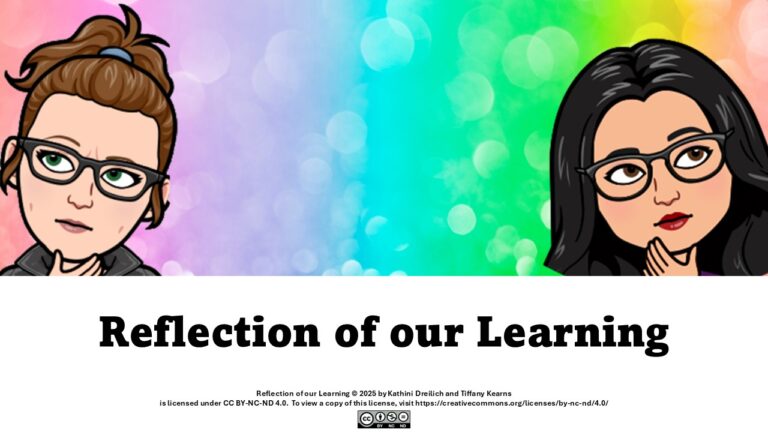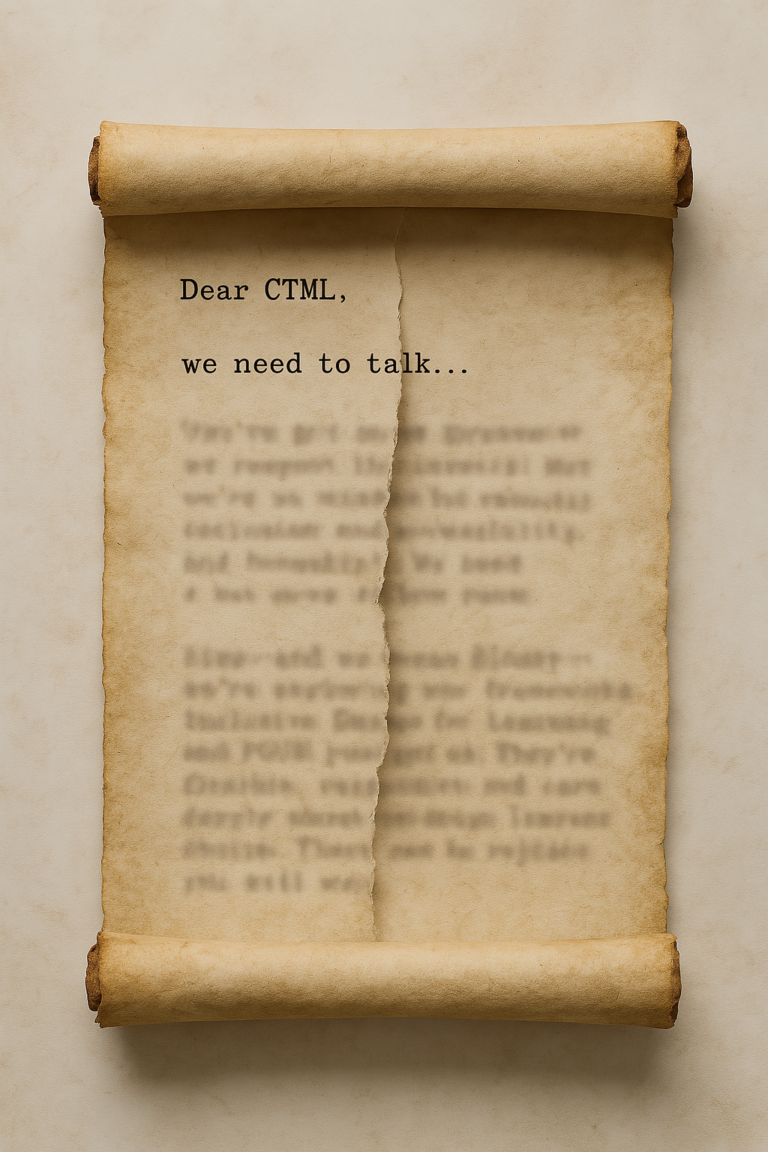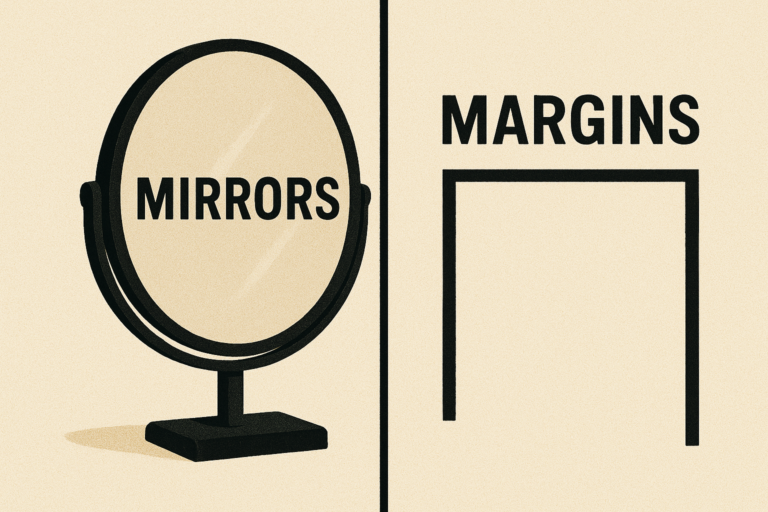“It’s only a little bit boring”

Featured Image by Thomas Park on Unsplash
Kati’s co-design experience
The second dimension of inclusive design involves building a design team where learners are involved in co-creating the learning process. We knew we needed to share our early designs of our videos to get constructive feedback and begin working through the virtuous tornado process. We decided that our own students, the main users of our designs, needed to view our lessons as their feedback would be the most valuable. With the school year winding down, we each quickly set up ‘focus groups’ of co-designers to test drive one of our lessons. This blog describes Kati’s experience sharing her Ending Marks video with a Grade 2 Literacy Intervention pull-out group.
The importance of honesty – Setting up the co-design team:
One of the things I love the most about working with young learners is that they are unapologetically honest. They say what they mean, and they mean what they say. Some questions and comments that have been directed to me in the past include, “Your face looks a little bit awful today,” “How come it looks like you forgot to brush your teeth this morning?” and my all-time favourite, “Oh, is it ugly sweater day today?” (It wasn’t!) So, when it came time to get feedback on the first video in my punctuation series, I decided to turn to my students, rather than my colleagues, for the most honest reactions. I selected one of my Grade 2 literacy groups as my design team for two reasons: first, they were already familiar with the concepts in the video and secondly, I felt that they would be able to give me constructive feedback. Before showing them the video, I let them know that it would be their job to tell me what they liked about it and what I could do to make it better. I assured them that they would be helping me, so they didn’t need to worry about hurting my feelings. They were very excited when I told them that they were the first kids “in the whole world” to watch this video!
The co-design experience: Round 1
I started the video and watched my students as they watched my video. All four of them sat quietly. One student yawned, but still watched intently. About 2 minutes into the video, I myself started to feel a bit restless. I realized that this was the longest the five of us have ever sat still and quiet together! We’re usually bustling with action in our reading group, and this felt so unnatural. When the video (finally) concluded, I asked my students what they liked and what they thought could be better.
Here is the first version of the Ending Marks video that I showed my co-designers:
I was blown away by two things – their honesty and their ability to make suggestions that aligned with the cognitive theory of multimedia learning (CTML). The following table shows the feedback that I received the first time I showed the students my video on ending marks (periods, exclamation marks and question marks). The first column includes the direct quotes from the students, and the second column shows how their comments align with the cognitive theory of multimedia learning from the Cambridge Handbook of Multimedia Learning (Mayer, 2021).
| Grade 2 student said: | CTML says: |
| “It’s only a little bit boring.” | Coherence principle: Eliminate extraneous material |
| “Some of the talking parts were too long.” | Temporal contiguity principle: Present narration and corresponding graphic simultaneously. |
| “The periods, exclamation marks and question marks should each be their own video. It’s too long when they’re all together.” | Segmenting principle: Break presentation into parts |
| “I like the picture of the stop sign. Maybe you could put in more pictures so the talking parts won’t be so boring.” “I liked the picture for the chicken story.” | Multimedia principle: Use words and pictures rather than words alone. |
| “There was too much words when you read the chicken story. I liked the chicken story but not all the words. That was way too much words.” | Modality principle: Use spoken rather than printed text. Redundancy principle: Do not add printed text to spoken text. |
The co-design experience: round 2
When I got home, I went to work on making the improvements suggested by my co-designers. A week later, I shared a revised video with them – Ending Marks Part 1: Periods. Here is the revised video that I showed my students:
After the one-and-a-half-minute video concluded, several hands shot up in the air. “It was much less boring this time,” my student assured me. “Can we watch the next one now?” one keen student asked, but unfortunately I hadn’t recorded the audio for Part 2 yet. This student also asked if she could watch me making the videos, but we all decided that our school was too loud for that! Even though the video was much shorter, they still found that some of the slides were on for too long and felt that the pictures needed to change a bit more. They liked the animation that I had added to one of the periods to make it pulsate, and felt that the other periods in the video should do that too. I was a little worried about animations being too distracting, but considering the signaling principle, I believe the students were right in suggesting that there needed to be more animation to draw attention to the periods. Again, I thanked them for helping me make my videos better and assured them that I would use their suggestions to improve this video and the other videos that I will be creating.
Besides gathering valuable feedback on my design, I was also able to gain specific insight into the learning needs of one of my students through this process. One of the students in the group of four strongly believed that I was talking too fast. However, the other three students disagreed, saying that the speed was fine. I showed them how I could change the speed of the video, and we had a lot of laughs as I put the video on the fastest and slowest settings. I thanked the student who suggested that I was talking too fast, and was able to find a setting that she felt was ‘just right’. Surprisingly, the speed she chose felt quite slow to me, and it gave me significant insight into her ability to process language. I made a note to ensure that I point out the ability to adjust the video speed in my introductory video. I also shared this piece of information with her classroom teacher, so that she could also have a better understanding of this particular student’s needs.
Here are the final versions of the ending marks videos. These are the versions that appear in the punctuation series interactive book. They include more visuals and animations than the previous versions.
I am so grateful that I had this experience with my Grade 2 co-designers. Not only did they give me valuable feedback that made my designs more inclusive, but the experience itself of listening to their suggestions made me feel extremely connected to this group. I had been working with this group of struggling readers since the beginning of the school year and now suddenly the roles were reversed and they were helping me! This allowed me to see how a community of marginalized co-designers can offer the greatest insight for innovation.
Mayer, R. E. (2021). Cognitive Theory of Multimedia Learning. In The Cambridge Handbook of Multimedia Learning (3rd ed., pp. 57–72). Cambridge University Press. https://doi.org/10.1017/9781108894333.008
“It’s only a little bit boring” © 2025 by Kathini Dreilich is licensed under CC BY-NC-ND 4.0





